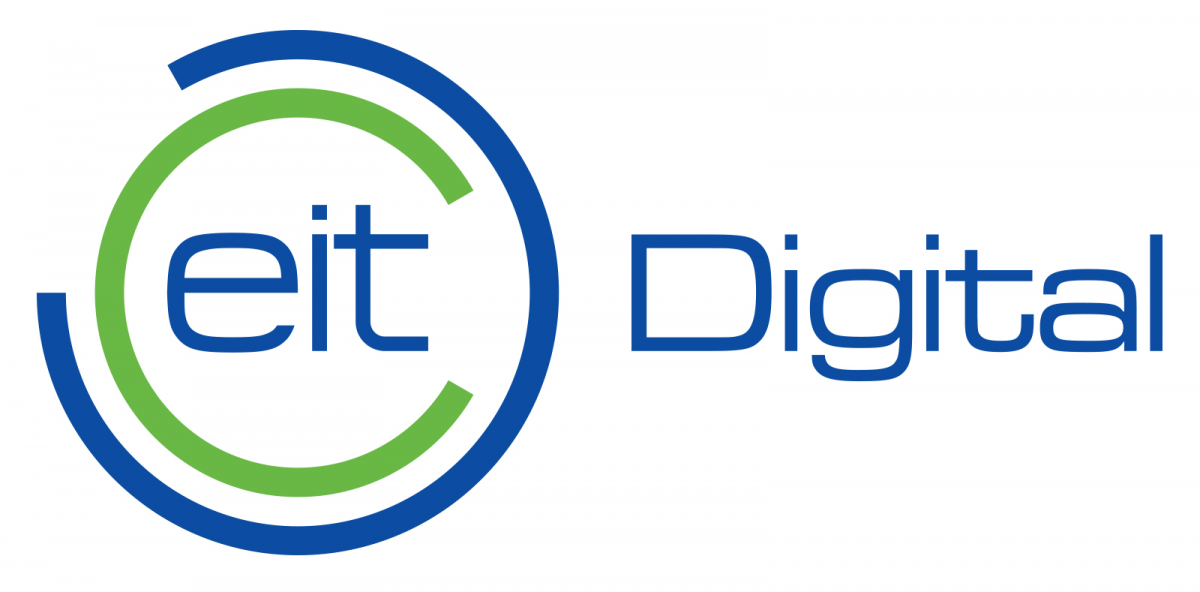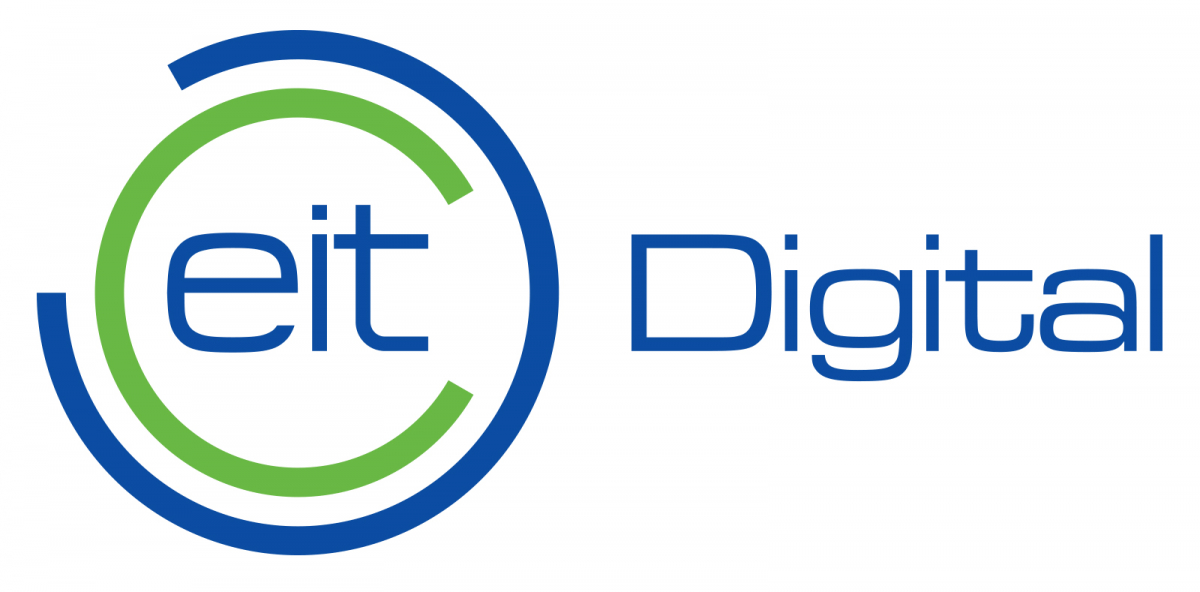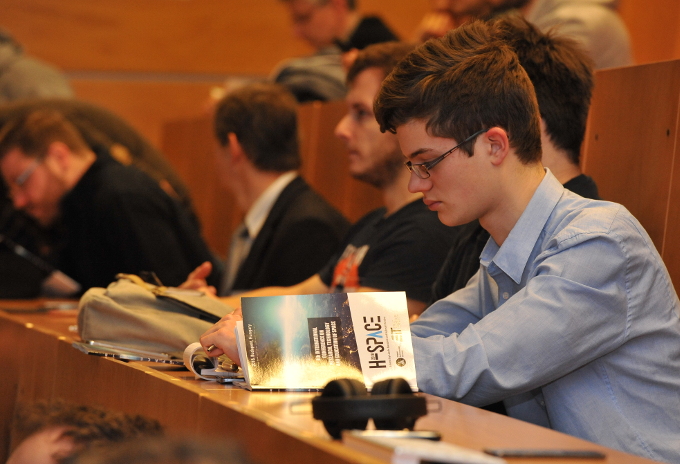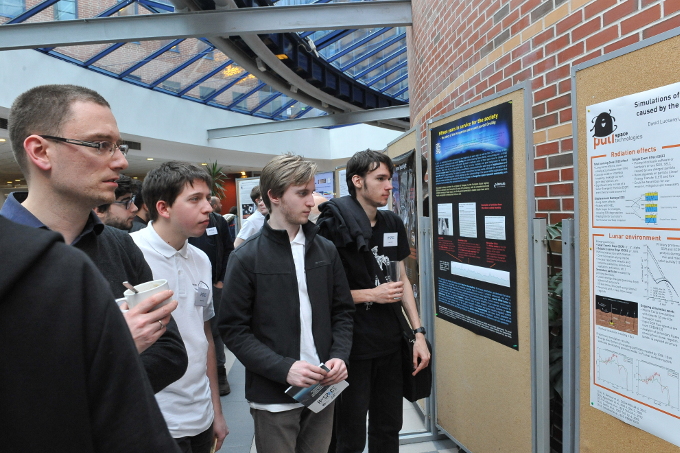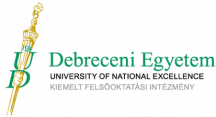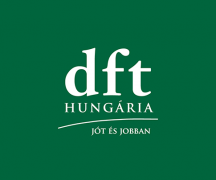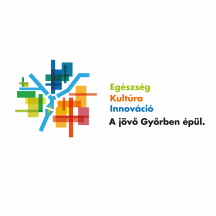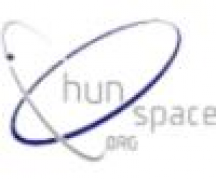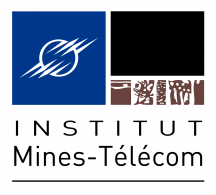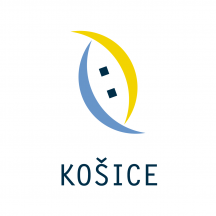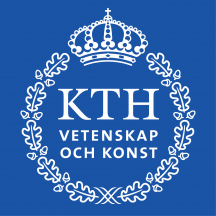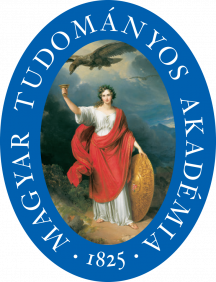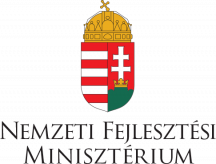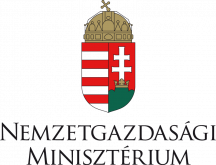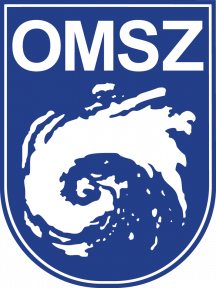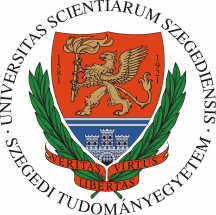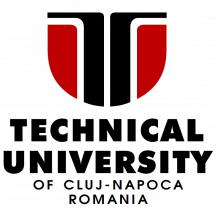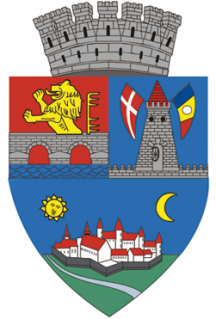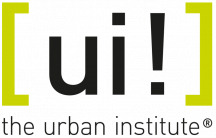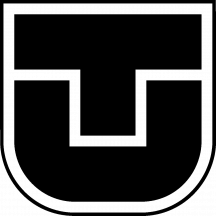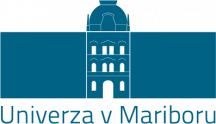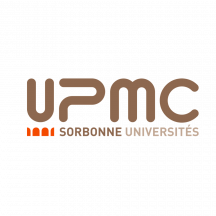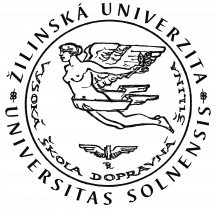Összes hír
03.26
EIT Digital Industrial PhD Application- Ericsson 3 - Időpontja: 2018.03.26.
Novel techniques for modeling, programming and provisioning network services
5G should provide dramatic increase in bandwidth and decrease in latency to the end user applications. This poses serious challenges on the underlying networks and clouds that are currently being addressed through the concepts of network slicing and services at the edges. The recent paradigm shift in networking driven by SDN (Software Defined Networking), NFV (Network Function Virtualization), and the evolution of cloud technologies are a step in that direction to support service creation, development and provisioning. However, several essential components are still missing which are addressed by Ericsson Hungary. The EIT Digital Doctoral School announces thus an open position for an industrial doctorate in Budapest. The thesis aims to investigate application models and techniques within the emerging standard frameworks fostering service development and providing portability across cloud platforms, together with the orchestration methods responsible for deploying the service components on-the-fly even in multi-provider environments. A 6-month mobility at a European university or research institution is also part of the program.
Challenge
Future networked systems, encompassing cloud and fog infrastructures, IoT devices and wired/wireless networks connecting them, and envisioned 5G applications, such as remote surgery based on Tactile Internet or Industry 4.0 use-cases, pose serious challenges on the Telecom Operators. A diverse set of cloud and network resources owned by cooperating or competing providers should be orchestrated by the means of technical and business level interactions. Current cloud platforms accelerate the development of new services, however, the outsourcing of application functionalities, such as resiliency or scalability, into cloud platforms, in most cases results in cloud provider lock-in. Technical building blocks are provided by NFV and SDN in collaboration with evolved cloud platforms. However, creating and provisioning services spanning across multiple technology and administrative domains is not a trivial task, and concrete solutions are needed. Today’s Software as a Service solutions do not take networking related requirements (e.g., latency, bandwidth) into consideration which can be crucial in future applications. With the advent of 5G and network slicing this becomes possible. Hence the service description shall take this into account to enable flexible service creation and on-demand deployment together with the resource orchestration mechanisms satisfying strict SLA requirements.
Approach
The goal of the thesis is to provide enhanced and generally applicable solutions for service development, creation and orchestration exploiting emerging networking and cloud technologies and concepts, such as SDN, NFV, IaaS (Infrastructure as a Service), and FaaS (Function as a Service). It shall provide as well solutions for multi-operators environments since these will become the norm in the next decade. More exactly, the inter-operation among different compute- and network virtualization technologies needs technology-agnostic service and resource models which can be the glue between the main components of the new integrated system. In this thesis, the service and orchestration layers of the architecture are addressed. The exact tasks include i) the definition of new service/application models supporting network-related requirements and the composition of 3rd party and own software modules; ii) implementation of software components which can foster/simplify service development and provide a model based development environment; iii) the design and implementation of orchestration algorithms for deploying the software components of the services/applications on-the-fly even in multi-provider environments.
Expected outcome
The results of the PhD include approaches that offer portability across cloud platforms eliminating the problem of cloud platform provider lock-in, and software tools fostering service development. More specifically the expected results are the following: application/service models with advanced capabilities; compiler/translator providing automation for developers; orchestration algorithms usable by Ericsson in service offering; working and verified proof-of-concept prototypes and SW modules embeddable into Ericsson products; formal proofs on the correctness of the operation; published papers at top conferences/journals; and demos with prototypes at industry events.
Location
The doctoral student will reside in the EIT Digital Doctoral Training Centre in Budapest and share his/her time with the premises of Ericsson Hungary and the Budapest University of Technology and Economics. A 6-month mobility to a European university or research institution will be also part of the program.
Facts
- Industrial partner: Ericsson Hungary Ltd.
- Academic/research partner: Budapest University of Technology and Economics
- Number of available PhD positions: 1
- Duration: 4 years
- This PhD will be funded by EIT Digital, Budapest University of Technology and Economics, and Ericsson Hungary Ltd.
Apply
Those interested in applying should send an e-mail to zoltan.istenes@eitdigital.eu, including a CV, a motivation letter, and documents showing their academic track records. Please apply before April 20, 2018.
READ HERE THE FULL POSITION PAPER
03.22
EIT Digital Industrial PhD Application- Ericsson 2 - Időpontja: 2018.03.22.
Network Technologies for Big Data Applications
The massive deployment of the Internet of Things (IoT) concept will lead, in the next decade, to a growth of two orders of magnitude in terms of the amount of data to be collected and analysed over the telecommunication networks. Ericsson Hungary is exploring high performing and reliable big data frameworks taking advantage of distributed (in geographical sense) systems for applications that will characterise the everyday life of society in the near future. The EIT Digital Doctoral School announces thus an open position for an industrial doctorate in Budapest on the specific topic of networking technologies underlying of data analytics frameworks. Concepts will be prototyped and their operation will be analysed in real use case scenarios. A 6-month mobility at KTH in Sweden, one of the best European research institutions in this field, is also part of the program.
Challenge
Today big data analytics software can handle live data streams quickly and efficiently, the latter in terms of available computing resource utilization and process scheduling. However, these solutions typically do not consider the performance of the underlying network that may become a bottleneck. With the help of Software-Defined Networking and Network Function Virtualization, data analytics functions can be virtualized: this leads to extra computing overhead but offers the possibility to tackle the performance issues of the underlying networks. Furthermore, with such technologies, we have the opportunity to place virtualized big data Virtual Network Functions (VNFs) as close as possible to the data sources decreasing the bandwidth load of the network. This approach can provide higher reliability to the deployed service by monitoring, scaling, healing and moving around VNFs in the virtualized platform. In order to apply these functionalities we need to use stateless VNFs, which means that VNFs and industrial IoT systems can externalize their states to multiple low-latency shared memory systems. There are numerous questions related to big data analytics frameworks that have to be solved in order to apply such approaches and to deploy analytics services optimally in a geographically scattered infrastructure.
Approach
The investigation areas can be grouped into four phases that must be completed during the PhD program. The first phase is the clarification of current and future use cases; second, the applicant models analyses, designs, evaluates, and implements prototypes of the proposed new concepts of big data analytics infrastructure; in the third phase, the proposed systems are studied through comprehensive simulations and measurements in real-life deployments; finally, leveraging on the results, the proposed solutions are to be further improved for a few well-specified use cases to reach the highest achievable performance and efficiency in the process of the data analytics service deployments in those areas.
Expected outcome
The expected results of the PhD are data analytics control solutions that enable live analysis, adaptive management and high reliability of the deployed services. The results shall include: comprehensive study of the role of the networks in terms of orchestrating and deploying big data analytics system components; detailed analysis of the impact of network performance on data analytics systems; a prototype of big data stream analytics system for a virtual platform deployed on a distributed infrastructure testbed in real life environment in cooperation with Ericsson; published papers in high-quality academic conferences and journals; implementations that are usable in core and 5G Telco products of Ericsson.
Location
The doctoral student involved in this program will share its time between the Co-Location Center of the EIT Digital Budapest Node, the premises of Ericsson Hungary, and the Budapest university of Technology and Economics. A 6-month mobility to KTH in Sweden, one of the best known European research groups in this field, will be also part of the program.
Facts
- Industrial partner: Ericsson Hungary Ltd.
- Academic/research partner: Budapest University of Technology and Economics
- Number of available PhD positions: 1
- Duration: 4 years
- This PhD will be funded by EIT Digital, Budapest University of Technology and Economics, and Ericsson Hungary Ltd.
Apply
Those interested in applying should send an e-mail to zoltan.istenes@eitdigital.eu, including a CV, a motivation letter, and documents showing their academic track records. Please apply before April 20, 2018.
03.19
EIT Digital Industrial PhD Application - Nokia - Időpontja: 2018.03.19.
Towards AI-driven, Cognitive Network Management:
Predictive Anomaly Pattern Recognition for 5G
Nokia, a main player in the telecommunication industry, wants to revolutionise network management with Artificial Intelligence (AI) technology. You can help making this ambition real as an EIT Digital Industrial doctorate student. You will develop an effective solution for predictive anomaly pattern recognition to apply in telecommunication networks.
Today’s communication networks are extremely complex systems consisting of countless network elements organised in cooperating, coexisting and overlapping technology layers. The network elements generate huge amounts of versatile data for performance monitoring, optimisation and troubleshooting purposes. It is already quite cumbersome to tackle these tasks with traditional approaches and the effects will be even more emphasised in case of 5G. Therefore, Nokia is committed to deliver automated solutions that are capable to analyse the raw data and draw conclusions, generate actionable insights using AI. One important area in this field is the predictive detection of anomaly patterns that appear in the data. The main theme of this thesis is to develop an effective solution for this.
Challenge
There are three big challenges to face. The performance data produced by live networks reflects the basic nature of the system that produced the data: it is complex, versatile, often unstructured and has huge volumes. To develop a successful anomaly pattern recognition solution, it is inevitable to deeply understand the source of the data. Moreover, there is no expert knowledge available to serve as a reference point of how the observed systems should behave. In most cases there is no ground truth that would set a reference point except statistical probability. Thus, the main reason that anomaly pattern recognition is a challenging task is that it must be solved in an unsupervised way. Another big challenge is the strong pressure from Nokia’s customers like the telecom operators for predictive solutions that are capable to reliable detect early symptoms of failures and send notification before serious degradations occur. The third big challenge is that the analysed systems are non-stationary. Solutions need to be capable to continuously learn new information contained in the data. The results need to be easily interpretable by domain experts without data science knowledge. The system needs to be scalable and easily deployable. Textbook solutions do not work.
Approach
First the state of the art should be reviewed along with Nokia’s current internal understanding and status of the problem. Then, the new concepts should be formulated, implemented and verified with real network data from several real networks and domains. Initially, the AI,machine learning and concept development part should be in focus, before implementing the ideas as a scalable solution on decent hardware and with best-in-class big data technology. Cooperation with Nokia engineers, researchers and engineers of Nokia’s customers is expected. The doctoral student will have a chance to get insight of unparalleled depth about live telecommunication network.
Expected outcome
The expected results of the industrial doctorate are new solutions to predictive anomaly pattern recognition. The results shall include:
- Working, verified prototype of the new concepts
- Detailed analysis of the impact on network performance and deployment considerations
- Published papers describing the findings in high-quality academic journals
- Potential patents, working in close cooperation with Nokia Solution Networks Kft.
Location
The doctoral student involved in this industrial doctorate programme, will share its time between the Co-Location Center of the EIT Digital Budapest Node, the premises of Nokia Solutions and Networks Kft. in Hungary, and the Budapest university of Technology and Economics.
Facts
- Industrial partner: Nokia Solutions and Networks Kft.
- Academic/research partner: Budapest University of Technology and Economics
- Number of available PhD positions: 1
- Duration: 4 years
- This PhD will be funded by EIT Digital, Budapest University of Technology and Economics, and Nokia Solutions and Networks Kft.
Apply
Those interested in applying should send an e-mail to zoltan.istenes@eitdigital.eu, including a CV, a motivation letter, and documents showing their academic track records. Please apply before April 20, 2018.
READ HERE THE FULL POSITION PAPER
03.19
EIT Digital Industrial PhD Application- Ericsson 1 - Időpontja: 2018.03.19.
Cryptographic Applications of Quantum Communication
In Next-generation Networks
Ericsson Hungary would like to explore how Quantum Key Distribution, a new emerging technology could benefit and serve as the backbone of a future Quantum safe network which aims to be a secure alternative to traditional key exchange methods in the presence of quantum computers. The EIT Digital Doctoral School announces thus an open position for an industrial doctorate in Budapest on this specific topic of quantum communication. Concepts will be prototyped and their operation will be analysed in real use case scenarios. A 6-month mobility at KTH in Sweden, one of the best European research institutions in this field, is also part of the program.
Challenge
A new threat dangers traditional key exchange based communication methods that use factoring or discrete logarithm as the underlying hard problem (RSA, DH,…). Quantum computer algorithms can solve these hard problems in polynomial time, whereas traditional computers will never be able to tackle them since just increasing the key size to a sufficient level puts these hard problems out of range for classical computing, so previously it was thought to be ultimately secure.
As traditional communication can be recorded, secrets transmitted today are in danger as a quantum computer will be able to decipher all encrypted data in the future. Quantum key distribution (QKD) relies on quantum mechanics and it can not be recorded thanks to the no cloning theorem and QKD protocols are provably secure against an adversary with infinite computing power. However, the technology still has challenges in terms of scalability, performance and ideal realisation. The aim of this thesis is to enhance QKD protocols and solve related challenges.
Approach
In the first step an in depth study of the state of the art technology and the latest results is necessary, which should be followed by studying prototypes in comprehensive simulation scenarios and potentially in real networks. The solutions should achieve compatibility with the current network to minimize additional modification costs end enable deployability.
Expected outcome
The expected results of the PhD are new enhancements to QKD systems and solutions for existing problems to enable integration into Next-generation networks and thus improve security, performance and efficiency. The results shall include a working and verified prototype of the new concepts, a detailed analysis of their impact on network performance, and deployment considerations. The results should be published in high-quality academic journals, but potential patents should be also investigated, in close cooperation with Ericsson Hungary.
Location
The doctoral student involved in this program will share its time between the Co-Location Center of the EIT Digital Budapest Node, the premises of Ericsson Hungary, and the Budapest university of Technology and Economics. A 6-month mobility to KTH in Sweden, one of the best known European research groups in this field, will be also part of the program.
Facts
- Industrial partner: Ericsson Hungary Ltd.
- Academic/research partner: Budapest University of Technology and Economics
- Number of available PhD positions: 1
- Duration: 4 years
- This PhD will be funded by EIT Digital, Budapest University of Technology and Economics, and Ericsson Hungary Ltd.
Apply
Those interested in applying should send an e-mail to zoltan.istenes@eitdigital.eu, including a CV, a motivation letter, and documents showing their academic track records. Please apply before April 20, 2018.
02.20
H-Space 2018 Az űrkutatási eredmények társadalmi hasznát mutatták be a BME-n - Időpontja: 2018.02.20.
Széleskörű érdeklődés mellett zajlott le a 4. H-SPACE űrkonferencia a Műegyetemen. A színvonalas rendezvényen az űrkutatás nemzetközi és hazai szaktekintélyei tartottak előadást.
„Az űrkutatás eredményei átszövik a mindennapjainkat, egyúttal kiemelkedő szerepet játszanak a Műegyetem kutatási és oktatási programjaiban” – hangsúlyozta Józsa János rektor a H-SPACE 2018 nemzetközi konferencia megnyitóján, amelynek ezúttal is a BME „I” épülete adott helyet. Hozzátette: az olyan fogalmak, mint az 5G, az Ipar4.0, a mesterséges intelligencia (MI) vagy a digitalizáció nemcsak egymással állnak nagyon erős kapcsolatban, hanem az űrkutatási, űripari eredményekkel is. Megerősítette, hogy az intézmény karokon átívelő űrkutatási műhelye, a BME Űrfórum továbbra is elkötelezett támogatója lesz a hazai űrtudománynak és innovációnak.
|
A BME Egyesült Innovációs és Tudásközpont (BME EIT) – a Magyar Asztronautikai Társasággal (MANT) együttműködve – negyedik alkalommal szervezett nemzetközi űrkutatási konferenciát H-SPACE 2018 címmel. A rendezvény szakmai együttműködő partnere a Nemzeti Hírközlési és Informatikai Tanács (NHIT). A konferencia látogatói megtudhatták, hol tart ma a magyarországi űrkutatás, emellett nemzetközi kitekintést is kaphattak. Az idei seregszemle fókuszába a tudományterület eredményeinek társadalmi hasznosítása került, amelynek mottója “Space research for society on every scale”, azaz ”Űrkutatás a társadalom számára minden léptékben”. „Ez a cím tudatosítja, hogy az űrkutatás nemcsak technológiai oldalról, hanem a legszélesebb értelmű társadalmi hasznosság összefüggésében mutatkozik be” – összegezte a bme.hu kérdésére Kovács Kálmán, az EIT igazgatója, a konferencia főszervezője, és egyik előadója, aki beszámolt arról is, hogy növekvő érdeklődés övezi a programot: minden eddiginél többen, 14 országból több mint 200-an regisztráltak. Az Űrkonferencia másik főszervezője Bacsárdi László, a MANT főtitkára volt. A kétnapos rendezvény résztvevőit többek között Pócza András, a Nemzeti Fejlesztési Minisztérium (NFM) Infokommunikációs Szabályozási és Szervezési Főosztály vezetője, Jakab László, a BME VIK dékánja, valamint Solymosi János, a BHE Bonn Hungary Kft. űrtechnológiai igazgatója, egyben a MANT elnöke köszöntötték. |
A rendezvény első napján a tudományos és ipari szekcióban hazai és külföldi szakemberektől hangzott el húsz, változatos tematikájú előadás, például a Szaturnuszt kutató Cassini-programban nyújtott magyar hozzájárulásról, vagy az extrém rossz időjárási körülmények közt történő műholdas helymeghatározásról. De olyan „egzotikus” témák is helyet kaptak mint a 3D-nyomtatás távlatai az űrkémiában és űrkutatásban, vagy az űrhajósok zenehallgatási szokásainak teljesítményfokozó és stresszoldó hatása. Teljesen új területet érintett ugyanakkor a kvantumkommunikáció világűrbeli lehetőségeiről szóló előadás.
Nem maradhattak el a Műegyetemen régóta kutatott témák sem, úgy mint az antarktiszi, űrhajós-küldetéseket szimuláló kísérletekben végzett depressziómérések (a vizsgálatok korábbi fázisairól a bme.hu is beszámolt – szerk.); valamint bemutatták a legújabb, műegyetemi hátterű zsebműhold, a SMOG-1 projektjét, illetve az Alphasat telekommunikációs műholdhoz kapcsolódó hullámterjedési kísérleteket.
„A konferencia fontos célkitűzése, hogy bemutassa: a magyar űrtudomány és űripar számára nemcsak az Európai Űrügynökség (European Space Agency - ESA) tagságunkkal együtt járó programjai a lényegesek, hanem az, hogy egyéb relációkra is nyitottak vagyunk” – fogalmazott Kovács Kálmán, kiemelve, hogy elsősorban az indiai, a kínai és természetesen az egyesült államokbeli partnerekkel erősödnek az együttműködések. A magyar-orosz közös űrkutatási perspektívák fontosságát jelzi, hogy a témával külön előadás foglalkozott. „Azt szeretnénk demonstrálni, hogy a BME Űrfórumnak nagyon komoly szakmai háttere, valamint kapcsolatrendszere volt és van nemzetközi szinten” – tette hozzá a főszervező.
A rendezvényen a sok jelentkező miatt az előadások mellett számos posztert is megtekinthettek a résztvevők. A szerzőknek egyperces „villámelőadásokban” nyílt alkalmuk felhívni a figyelmet kutatási témáikra.
A szakmai fórumnak ezúttal is széles spektrumú oktatási és ismeretterjesztési szekciót biztosítottak a szervezők, amelyen az érdeklődők bepillantást nyerhettek az űrtevékenység olaszországi, romániai és magyarországi oktatási lehetőségeibe.
„A korábbi évek gyakorlatával ellentétben most már az egész konferencia angolul zajlott” – ecsetelte Kovács Kálmán. „Célunk, hogy a nem túl távoli jövőben már ezen a nyelven induljanak űrtechnológiai képzések a Műegyetemen” – adott kitekintést a jövőre vonatkozóan.
HA - GI
Fotó: Philip János
Forrás: bme.hu


